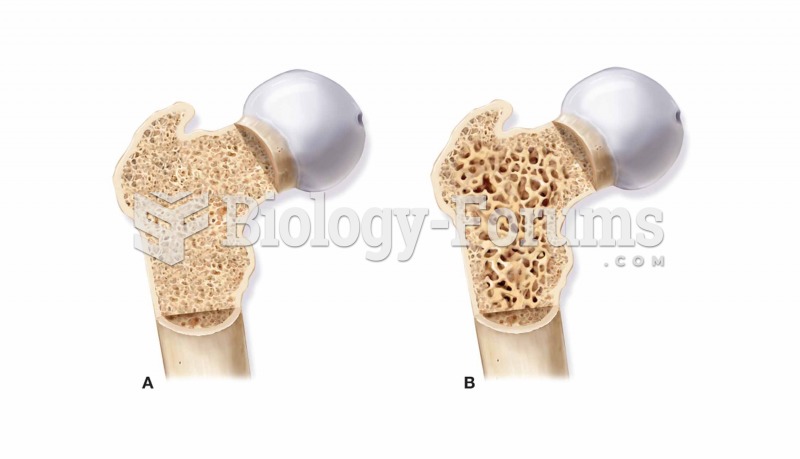Answer to Question 1
Demand for business products (also called industrial demand) can be characterized as (1 ) derived, (2 ) inelastic, (3 ) joint, or (4 ) fluctuating. Because business customers, especially producers, buy products for direct or indirect use in the production of goods and services to satisfy consumers' needs, the demand for business products derives from the demand for consumer products-it is therefore called derived demand. In the long run, no demand for business products is totally unrelated to the demand for consumer products. The derived nature of demand is usually multilevel in that business marketers at different levels are affected by a change in consumer demand for a product. With inelastic demand, a price increase or decrease does not significantly alter demand for a business product. A product has inelastic demand when the buyer is not sensitive to price or when there are no ready substitutes. Because many business products are more specialized than consumer products, buyers will continue to make purchases even as the price goes up.
Certain business products, especially raw materials and components, are subject to joint demand. Joint demand occurs when two or more items are used in combination to produce a product. Understanding the effects of joint demand is particularly important for a marketer that sells multiple jointly demanded items. Such a marketer realizes that when a customer begins purchasing one of the jointly demanded items, a good opportunity exists to sell related products.
Because the demand for business products is derived from consumer demand, it is subject to dramatic fluctuations. In general, when consumer products are in high demand, producers buy large quantities of raw materials and components to ensure that they meet long-run production requirements. These producers may expand production capacity to meet demands as well, which entails acquiring new equipment and machinery, more workers, and more raw materials and component parts. Conversely, a decline in demand for certain consumer goods reduces demand for business products used to produce those goods.
Answer to Question 2
B







